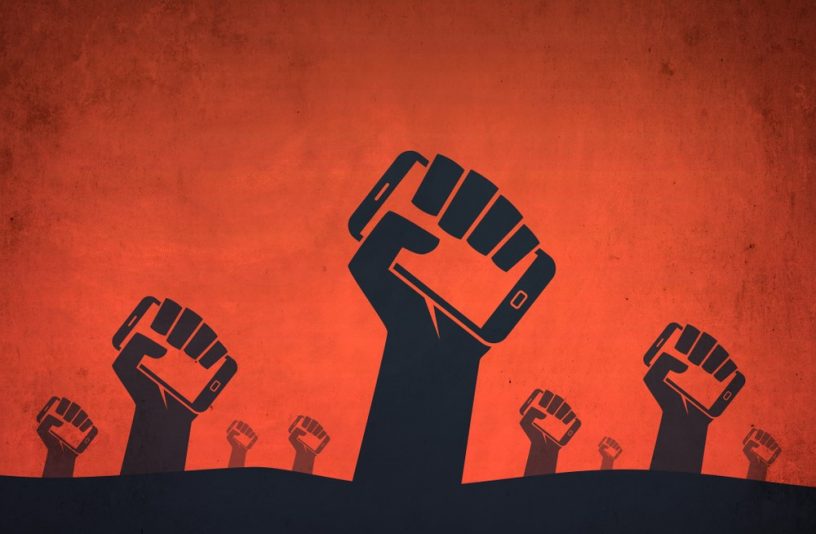
The new IT rules 2021 put a question mark on the freedom of digital media & the country’s Jurisprudence on free speech is riddled with conflicting precedents, argues Professor Sukumar Muralidharan of JSJC
Authors:
Sukumar Muralidharan, Jindal School of Journalism and Communication (JSJC), O.P. Jindal Global University, Sonipat, Haryana.
Summary:
Eager for global endorsements, the Indian government is resentful of negative publicity. The country’s rise in the World Bank’s Ease of Doing Business Index is strutted as evidence of progress. But plummeting rankings in the Press Freedom Index compiled by the Paris-based collective, Reporters Without Borders, are dismissed as a mischievous and unwarranted intervention.
For all its public hauteur, the government without great publicity, set up a panel to inquire into the reasons for India’s declining press freedom rank. The “Index Monitoring Cell” only came to public knowledge when one of its members, the journalist P Sainath, went public with his dissent over its draft report. Rather than consider underlying realities in India, Sainath wrote, the body seemed obsessed with cosmetics, with gaming the rankings system to secure a better standing.
On February 25, the Union government announced a new set of rules for internet-based information transactions, including social media, over-the-top (OTT) services, and digital news media. Due diligence obligations are enjoined on social media firms, which would no longer be allowed the luxury of evading liability for material they host. Likewise, responsibilities akin to film certification would have to be borne by the OTT services. The first stage of the process would be internal, but subject to ultimate oversight by an external agency.
For digital news media, the new rules specify a three-tier regulatory process. Public grievances would be handled internally by the news portal and then, if necessary, scaled up to an external “self-regulating mechanism” created by a collective of such platforms. The ultimate power to determine when the code of ethics appended to the rules is transgressed would vest with a governmental committee headed by an official of the rank of joint secretary.
The new rules introduce a standard of external control over digital media that is unique. Neither print nor broadcast media is subject to external policing in a remotely similar degree.
Published in: The Hindu Business line
To read the full article, please click here


